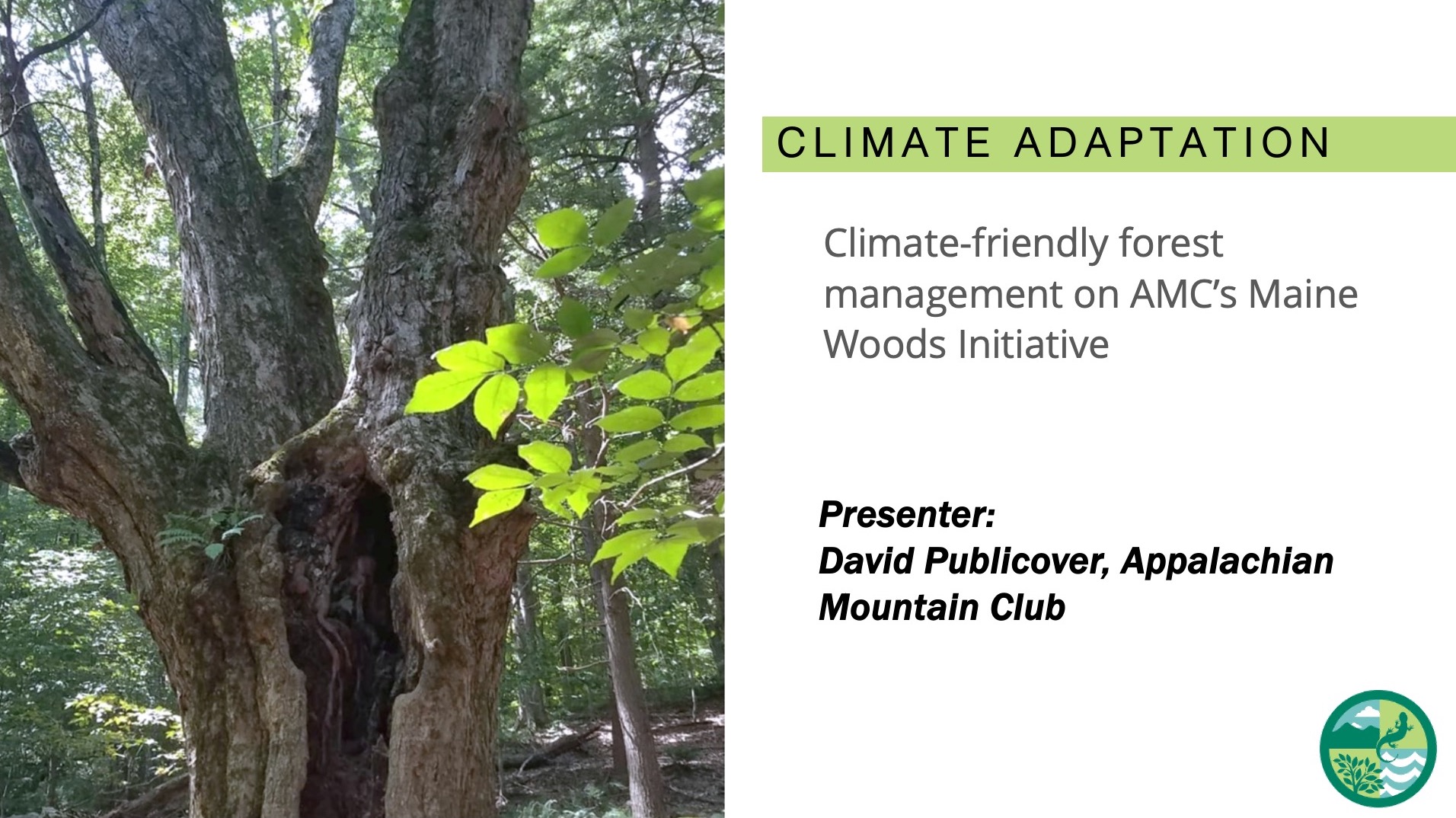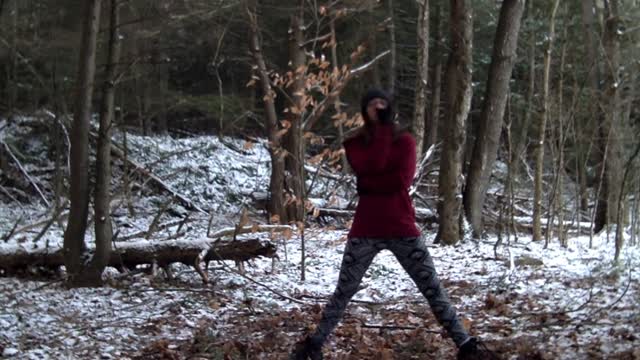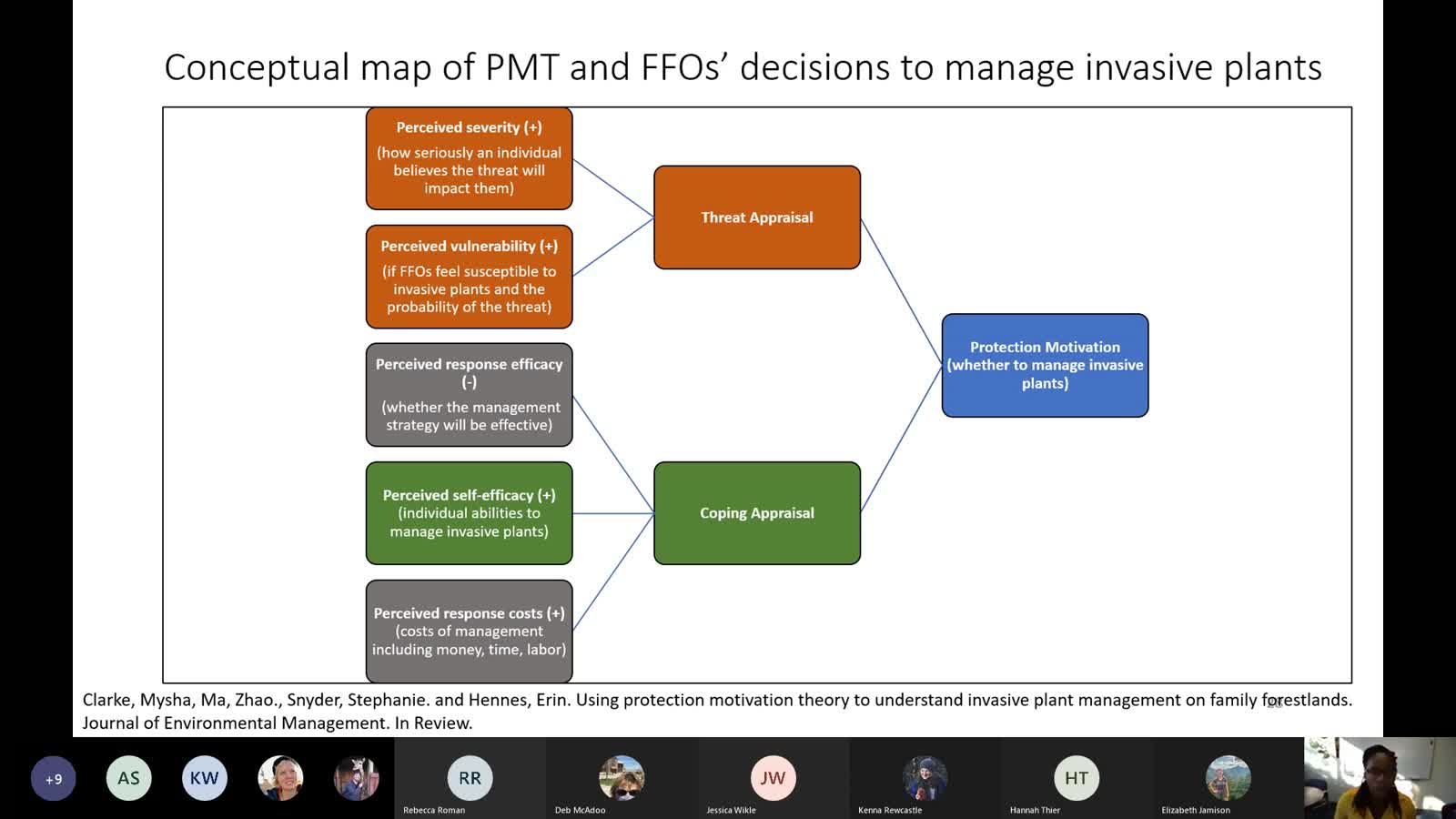Search Results
Results for: 'Forest Carbon'

Climate-friendly Forest Management on AMC's Maine Woods Initiative
This was a contributed talk by David Publicover as a part of the 2023 FEMC Annual Conference.

The sugaring season has been over for a while. Maple trees ended their annual period of dormancy when their winter buds broke, allowing new leaves to emerge. These lush green leaves are now working to produce all the energy needed for the tree to ...

Whales – Nature’s Solution in Fighting Climate Change
How preserving whale populations may be the breakthrough solution we need in fighting climate change.

Weekly Rites #9 - Zoey November
This week I spent a lot of time in the woods. Interested in the soft holding quiet of newly snowy forest - and the shapes I can make within it that feel so oddly misplaced.

Sugar maple flowers that are fertilized in spring, will develop into mature seeds in late summer. The seeds come in the form of winged samaras (sometimes referred to as helicopters or whirligigs). Sugar maple samaras develop in pairs but generally...

Sugar makers rely on healthy, abundant maple trees to provide sap each spring. Taken together a group of maple trees managed for sap collection is called a sugarbush. Developing a healthy, productive sugarbush takes time and effort. Forests are hi...

All green plants, which includes trees, need sunlight to produce energy for survival. Some trees can satisfy their basic needs with less light than others. Sugar and red maples are two examples of such trees. They are both considered shade-toleran...

As trees form, the size and shape of its stem and crown, will be impacted by living in a low light environment such as the forest's understory. So-called suppressed trees are able to capture just enough sun to survive. Sugar maples growing in the ...

RSENR Fall Seminar Series: Dr. Mysha Clarke
For the second installment of the 2020 RSENR Fall Seminar Series featuring early career researchers, Dr. Mysha Clarke gave a presentation entitled "Using protection motivation theory to understand invasive plant management on family forestlands".